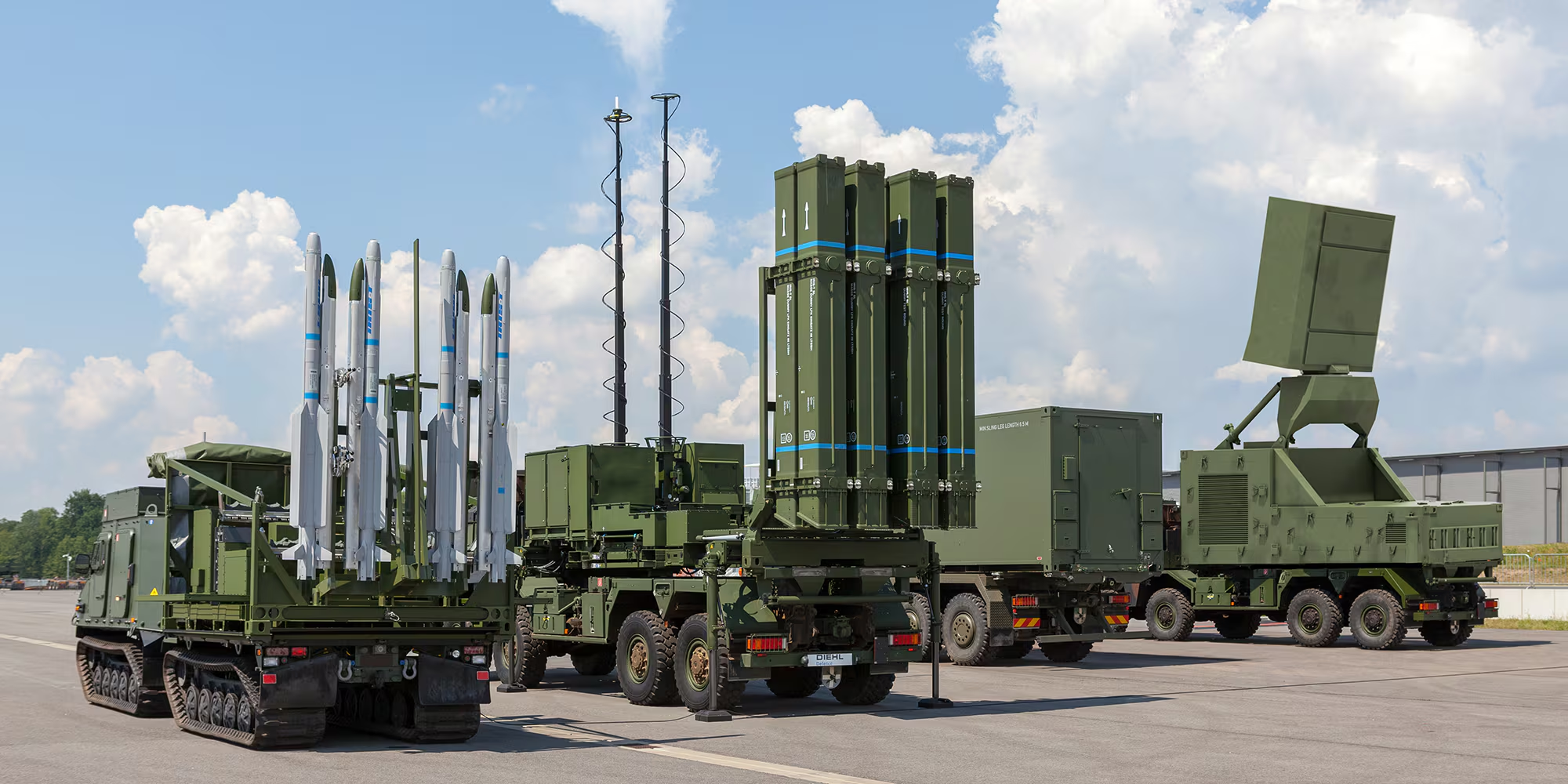The U.S. Army’s Latest Breakthrough in Battlefield Technology Unveiled!
In a groundbreaking event known as Project Convergence Capstone 5, the U.S. Army has pushed the boundaries of innovation on the battlefield. This initiative, building on insights gained from prior Project Convergence endeavors, was aimed at testing new military strategies in alignment with the future visions of the U.S. Army and Joint Warfighting tactics.
The core focus of PC-C5 was to evaluate cutting-edge technologies in various domains through a combination of live and simulated scenarios. Key areas of interest included leveraging data for strategic decision-making, enhancing maneuverability across land, sea, air, space, and cyberspace, and fostering seamless multinational cooperation on the battlefield.
Brigadier General Zachary Miller, the Deputy Experiment Director of PC-C5, emphasized the significance of this endeavor, stating, “What Project Convergence does is bring every single war-fighting system we have together in one place.”
During the event, four central concepts were put to the test: expanded maneuverability, cross-domain fires, formation-based layered protection, and command and control operations, including counter-C2 strategies. These concepts underscore the increasing importance of rapid coordination and defense across all operational domains, including the critical electromagnetic spectrum.
Troops engaged in the exercises deployed a mix of traditional and state-of-the-art technologies such as drones, robotics, and concealment tools in realistic combat scenarios. Brigadier General Miller highlighted the Army’s strategic foresight, noting, “Since last Capstone (PC-C4), the Army has thought deeply about the future operating environment and what it is going to take to win.”
The integration of forces and technologies was vividly demonstrated through three main vignettes. The first vignette showcased a Joint Forcible Entry Operation by the 82nd Airborne Division alongside British and Australian forces to secure airspace dominance. Subsequent vignettes focused on Combined Arms Breach and defensive operations, emphasizing the role of advanced technologies in enhancing survivability and combat effectiveness.
Lieutenant Colonel Tad Coleman of the 1st Armored Division emphasized the critical importance of rapid data dissemination on the battlefield, stating, “What we’re trying to do is take these emerging technologies where we can get this data better and faster to execute.”
The exercise was observed by senior leadership, including the new Secretary of the Army, Dr. Daniel Driscoll, who stressed the need for the Army to adapt to new and complex environments rapidly. General Randy George, the Army Chief of Staff, lauded the benefits of real-time experimentation and the flexibility it offers in diverse environments.
As the exercise concluded at the National Training Center, participants transitioned to Scenario B under the U.S. Indo-Pacific Command, expanding learning into new theaters and promoting joint operational effectiveness. Project Convergence stands as a cornerstone of the Army’s continuous learning efforts, aimed at enhancing its integration within Joint and Multinational Forces, and maintaining a competitive edge over future adversaries.









